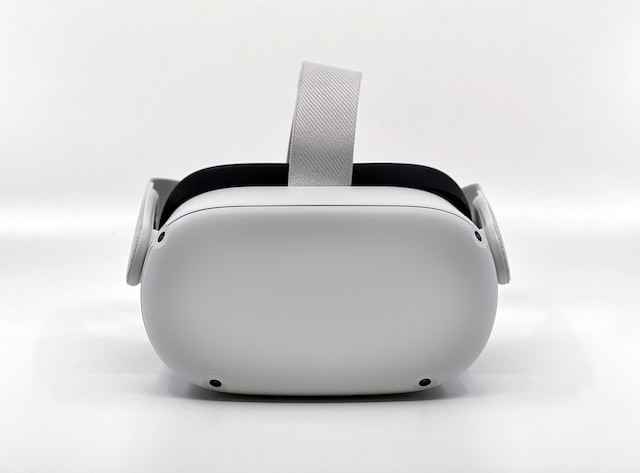Humans have always played games in some way or another as they’re a great way to blow off some steam, spend time with friends, and channel some competitive energies.
But while early humans played their games with rocks and sticks, contemporary players are treated to many more options.
Over our entire history, technology has changed the way we play games, with new innovations creating entirely new ways to play. In the past, this included the developments of the industrial revolution allowing for the mass production of everything from balls to board games.
As time has gone on, technology has marched towards all things digital and many players have switched to computer games. Even then, the marching has not stopped, and the early titles of the 1970s and 1980s and just a dot on the horizon.
This age-old trend is unlikely to relent anytime soon. If anything, it’s speeding up. We’ve seen countless examples of this in recent years, with innovative technologies creating new ways to play existing games and allowing developers to invent entirely new genres.
Here are the biggest ways that these technological developments are influencing the way that we play games.
Table of Contents
Bringing Players Together
In the past, to play with friends, you had to be in the same room with them. And if none of your friends wanted to take part, you were on your own.
Of course, single-player video games were a way to overcome this since they pitted you against the computer. This wasn’t a perfect solution though as the “artificial intelligence” in many cases was mostly artificial with very little intelligence, making decisions that would make little sense to a human.
While advancements in AI have made solo games much more compelling, the biggest improvements have come in the form of multiplayer options.
They give players the ability to compete against their friends from anywhere in the world, removing the need to be physically present. This can be found in just about type of game from fast-paced first-person shooters like Call of Duty to casual titles like Words With Friends.
Second Screens
During the late 2000s and early 2010s, there was a lot of talk about the “second screen experience”, the phenomenon where those watching content on one screen would also engage in related activities on a second.
The most common example of this would be people watching a TV show and tweeting about it at the same time.
However, this second screen experience has been extended to games too. Players can use a second monitor, a tablet, or a smartphone while they play to serve several purposes.
The most common is to provide easy access to reference information. For example, while playing poker online, new players will often keep handy guides that list the values of each combination and detail the way the betting rounds work.
Meanwhile, the Nintendo Wii U uses its GamePad screen to provide players with more information about what’s happening in the game when it’s also connected to a TV.

Virtual Reality
Virtual reality has been around for quite some time, but its impact on gaming is only beginning to be felt.
VR gaming is different from just about any other time of video game because it involves strapping the screen and controller to your head rather than looking at one from the other side of the room and holding the other in your hand.
The result of this is that you have a game that you feel you’re inside of. Players can turn their heads and entire body and the game will change what you see in real time, creating the same effect you’d get from just looking around in real life.
VR has allowed video game developers to get creative with their work, inventing entirely new genres and quirky ways to interact with games.
However, the recent release of Meta’s Quest Pro headset is proof that virtual reality gaming is still evolving and maturing and new innovations could make it take giant leaps forward.














